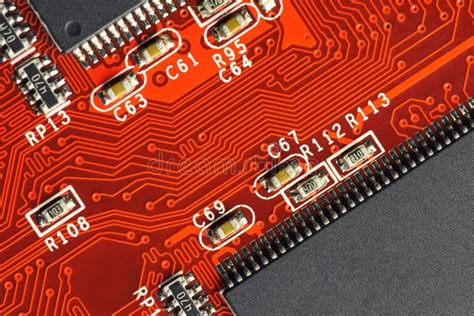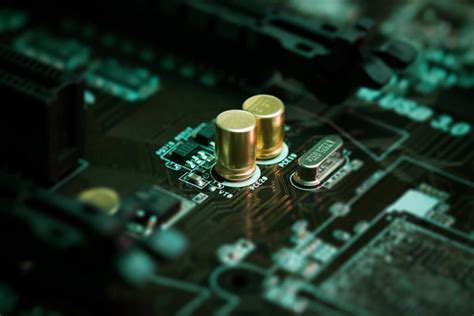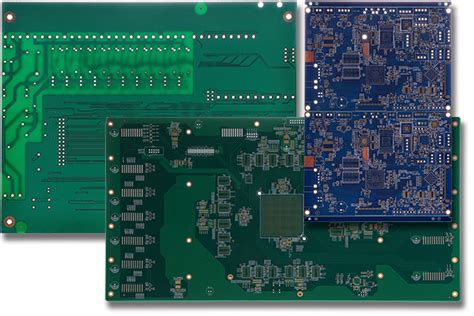The Evolution and Importance of Circuit Board CAD Software in Modern Electronics
Introduction
In the rapidly advancing world of electronics design, Circuit Board Computer-Aided Design (CAD) software has become an indispensable tool for engineers, hobbyists, and manufacturers alike. These sophisticated programs have revolutionized how printed circuit boards (PCBs) are conceptualized, designed, and prepared for production. From simple single-layer boards to complex multi-layer designs with high-density interconnects, PCB CAD software provides the necessary tools to transform electronic concepts into manufacturable realities.
This article explores the fundamental aspects of circuit board CAD software, its historical development, key features, current market leaders, emerging trends, and the future direction of this critical technology that underpins modern electronics design.
Historical Development of PCB CAD Software
The evolution of circuit board design tools mirrors the advancement of computing technology itself. In the early days of electronics, engineers manually designed circuit boards using drafting tables, tape, and Mylar sheets—a painstaking process prone to human error and requiring numerous iterations.
The first significant shift came in the 1980s with the introduction of basic computer-aided design systems. These early programs were rudimentary by today’s standards, often running on expensive workstation computers and offering limited functionality. However, they represented a revolutionary improvement over manual methods, enabling designers to create and modify designs more efficiently.
As personal computers became more powerful in the 1990s, PCB design software migrated to these more accessible platforms. This democratization of design tools allowed smaller companies and even individual engineers to participate in electronics development. The introduction of Windows-based graphical interfaces further simplified the learning curve, making the software accessible to a broader range of users.
The 2000s saw the integration of more sophisticated features like 3D visualization, signal integrity analysis, and collaboration tools. Today’s PCB CAD systems represent the culmination of decades of refinement, incorporating advanced simulation capabilities, artificial intelligence assistance, and seamless integration with other engineering tools in a comprehensive electronics design ecosystem.
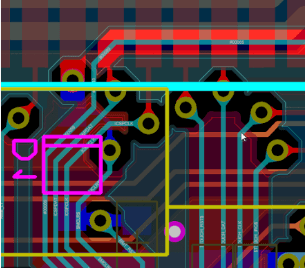
Core Features of Modern PCB CAD Software
Contemporary circuit board design software packages offer an extensive array of features that address every aspect of the PCB development process:
1. Schematic Capture
The design process typically begins with schematic capture—creating a logical representation of the electronic circuit. Modern tools provide extensive component libraries, intelligent connection management, and hierarchical design capabilities that allow complex systems to be broken down into manageable modules.
2. PCB Layout Design
The heart of any PCB CAD system is its layout editor, where the physical board is designed. Advanced tools offer:
- Multi-layer support for complex designs
- Automated component placement optimization
- Intelligent routing algorithms for traces
- Design rule checking (DRC) to prevent manufacturing issues
- Copper pour and plane management for power distribution
3. Component Library Management
Comprehensive library systems contain thousands of pre-made components, with tools to create custom parts when needed. Modern systems often include 3D models for mechanical integration and lifecycle management features to track component obsolescence.
4. Simulation and Analysis
Many PCB design packages now integrate various analysis tools:
- Signal integrity analysis for high-speed designs
- Power integrity simulation
- Thermal analysis
- Electromagnetic interference (EMI) prediction
5. 3D Visualization and Mechanical Integration
The ability to view and export 3D models of PCB designs has become crucial for mechanical integration. Advanced tools can import mechanical enclosures and check for fit and interference issues.
6. Manufacturing Output Generation
PCB CAD software generates all necessary files for fabrication and assembly:
- Gerber files for board fabrication
- Drill files for hole locations
- Pick-and-place files for automated assembly
- Bill of Materials (BOM) for component procurement
7. Collaboration and Version Control
Modern systems often include cloud-based collaboration features, version control, and design reuse capabilities that facilitate teamwork among distributed engineering groups.
Leading PCB CAD Software Solutions
The current market offers a range of PCB design tools catering to different needs and budgets:
1. Altium Designer
Widely regarded as the industry gold standard, Altium Designer offers a comprehensive set of professional-grade tools with an intuitive interface. Its unified design environment integrates schematic capture, PCB layout, and FPGA development.
2. Cadence Allegro
Popular in large corporations and for complex, high-speed designs, Allegro provides advanced capabilities for sophisticated PCB layouts with rigorous signal integrity analysis.
3. Mentor Graphics Xpedition (Now part of Siemens EDA)
Used for enterprise-level PCB design, particularly in aerospace and defense applications, offering robust high-speed design and analysis tools.
4. KiCad
As a powerful open-source alternative, KiCad has gained significant popularity, offering professional-grade capabilities without licensing costs. It’s particularly favored by startups, hobbyists, and academic institutions.
5. Autodesk Eagle
Originally developed for hobbyists, Eagle has evolved into a capable professional tool, especially popular in the maker community and small businesses.
6. OrCAD
A more affordable option from Cadence, offering strong core capabilities suitable for many small to medium complexity designs.
7. Zuken CR-8000
Particularly strong in multi-board systems and cable design, often used in automotive and industrial applications.
Emerging Trends in PCB CAD Technology
The PCB design software landscape continues to evolve rapidly, with several notable trends shaping its future:
1. Cloud-Based Design Platforms
Many vendors are moving toward cloud-based solutions that offer several advantages:
- Accessibility from any location or device
- Reduced hardware requirements
- Real-time collaboration features
- Automatic updates and maintenance
2. Artificial Intelligence and Machine Learning
AI is beginning to play a role in PCB design through:
- Automated component placement optimization
- Intelligent routing suggestions
- Design rule refinement based on manufacturing feedback
- Predictive analysis of potential issues
3. Integration with Other Engineering Tools
Modern PCB CAD systems are increasingly part of larger product development ecosystems that include:
- Mechanical CAD (MCAD) integration
- Electrical harness design
- Embedded software development tools
- Product lifecycle management (PLM) systems
4. Advanced Simulation Capabilities
As signal speeds increase and form factors shrink, built-in simulation tools are becoming more sophisticated, allowing designers to:
- Analyze power delivery networks
- Predict electromagnetic compatibility issues
- Optimize thermal performance
- Validate high-speed signal integrity
5. Support for New Technologies
PCB design tools are adapting to support emerging technologies like:
- Flexible and rigid-flex circuits
- High-density interconnect (HDI) designs
- Embedded components
- Advanced packaging techniques
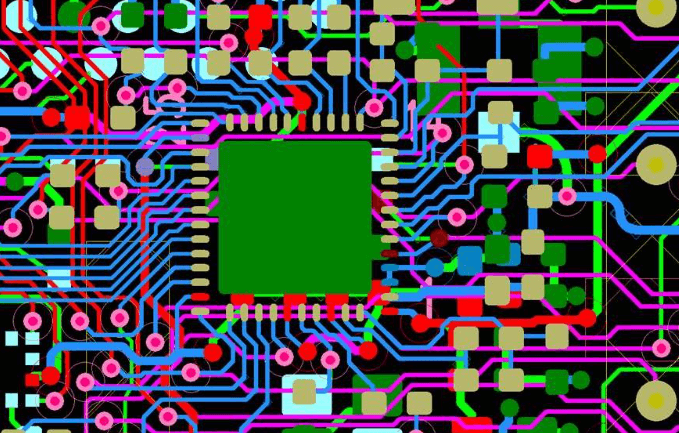
The Future of PCB CAD Software
Looking ahead, several developments are likely to shape the next generation of circuit board design software:
1. Democratization of Design
Tools will become more accessible to non-experts through improved interfaces, guided workflows, and intelligent assistance, potentially revolutionizing hardware development in the same way app development tools have transformed software creation.
2. Virtual and Augmented Reality Interfaces
VR and AR technologies may provide new ways to visualize and interact with complex PCB designs, allowing engineers to “walk through” their boards or overlay schematic information on physical prototypes.
3. Generative Design
Building on AI capabilities, future systems may be able to generate entire PCB layouts from high-level requirements, with engineers providing constraints and optimization priorities rather than manual implementation.
4. Enhanced Manufacturing Integration
Tighter connections between design tools and manufacturing systems will enable more seamless transitions from design to production, with real-time manufacturability feedback and automated process adaptation.
5. Sustainability Considerations
Future tools will likely incorporate more features to assess and improve the environmental impact of designs, including:
- Material usage optimization
- Energy efficiency analysis
- End-of-life recyclability assessment
- Conflict mineral tracking
Conclusion
Circuit board CAD software has come a long way from its humble beginnings as simple drafting aids to today’s comprehensive electronic design ecosystems. These tools have not only increased the efficiency and reliability of PCB design but have also enabled the creation of increasingly complex electronic systems that power our modern world.
As technology continues to advance, PCB design software will play an even more critical role in bridging the gap between electronic innovation and practical implementation. Whether used by multinational corporations developing cutting-edge technology or by individual makers bringing creative ideas to life, these tools form the foundation upon which our electronic future is built.
The ongoing evolution of PCB CAD software—with its move toward cloud computing, artificial intelligence, and seamless multi-domain integration—promises to further accelerate innovation in electronics design while making these powerful tools accessible to an ever-wider range of users. In doing so, it will continue to shape not just how we design circuit boards, but what kinds of electronic products are possible to imagine and create.


